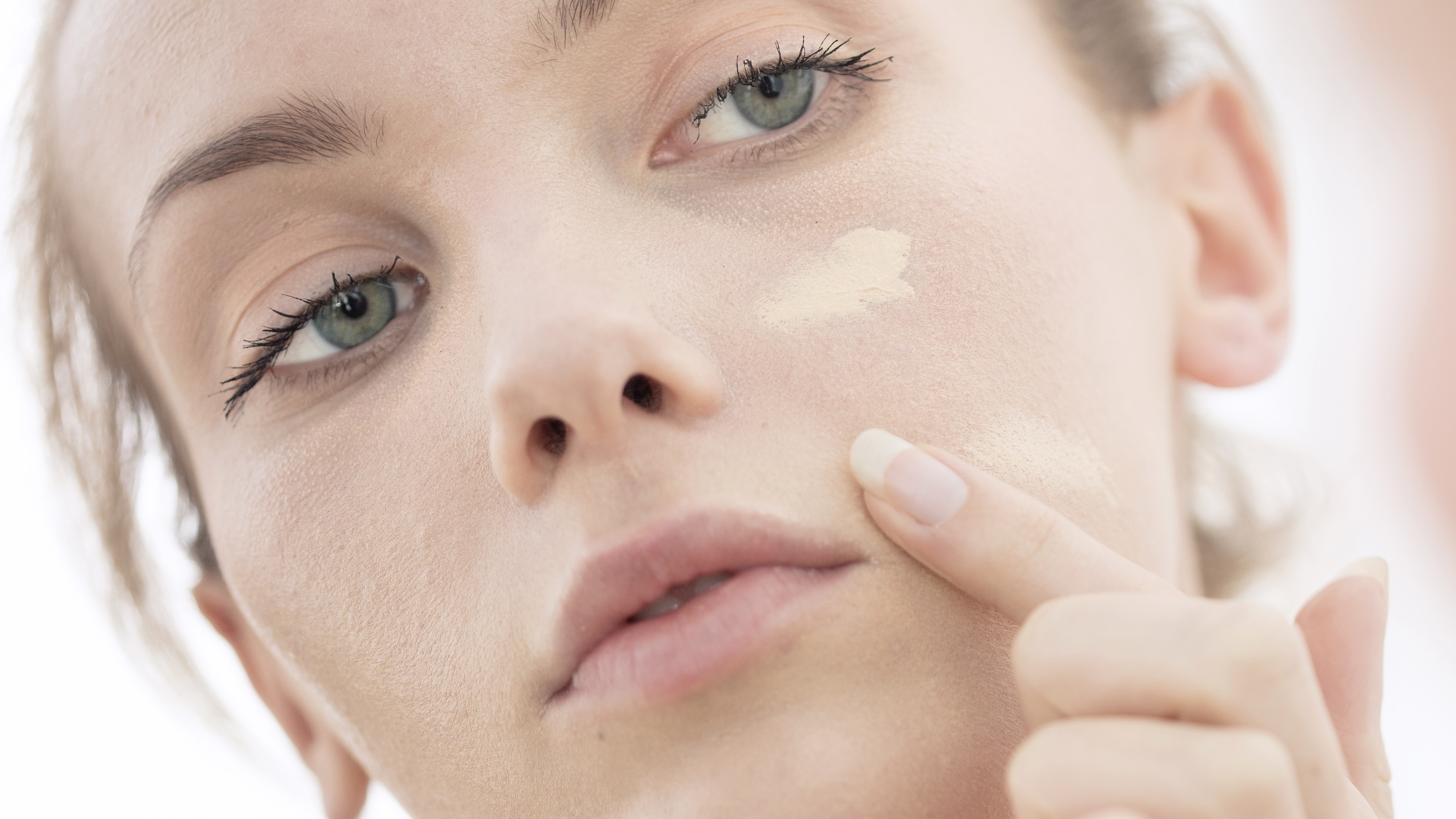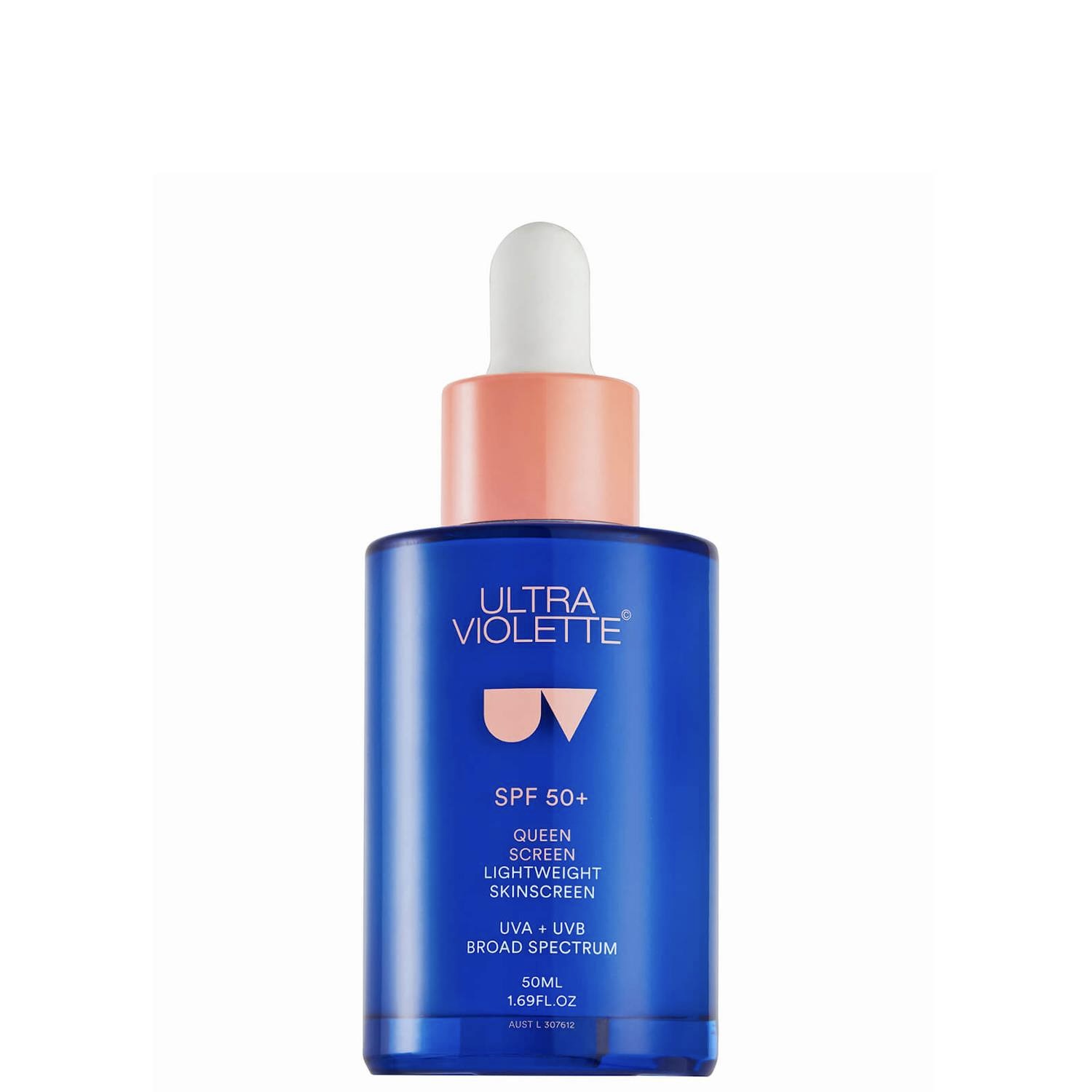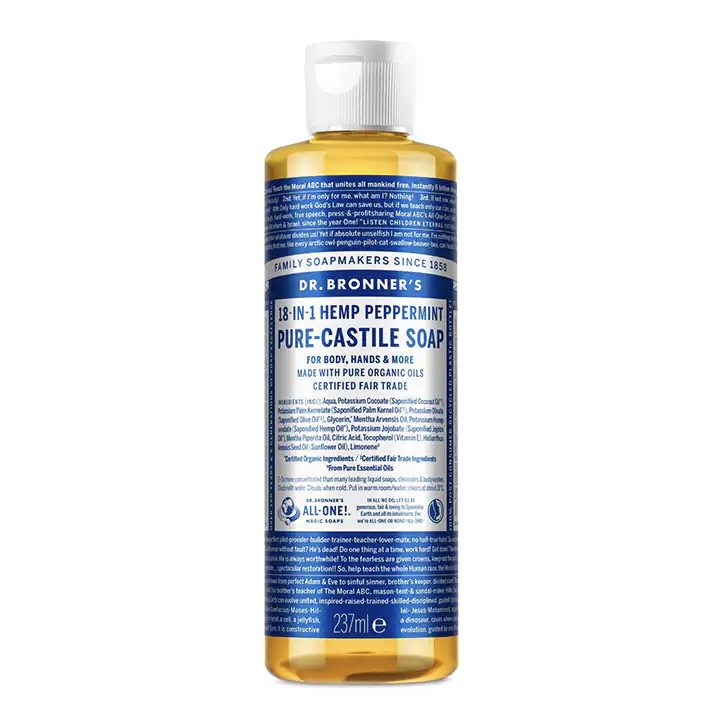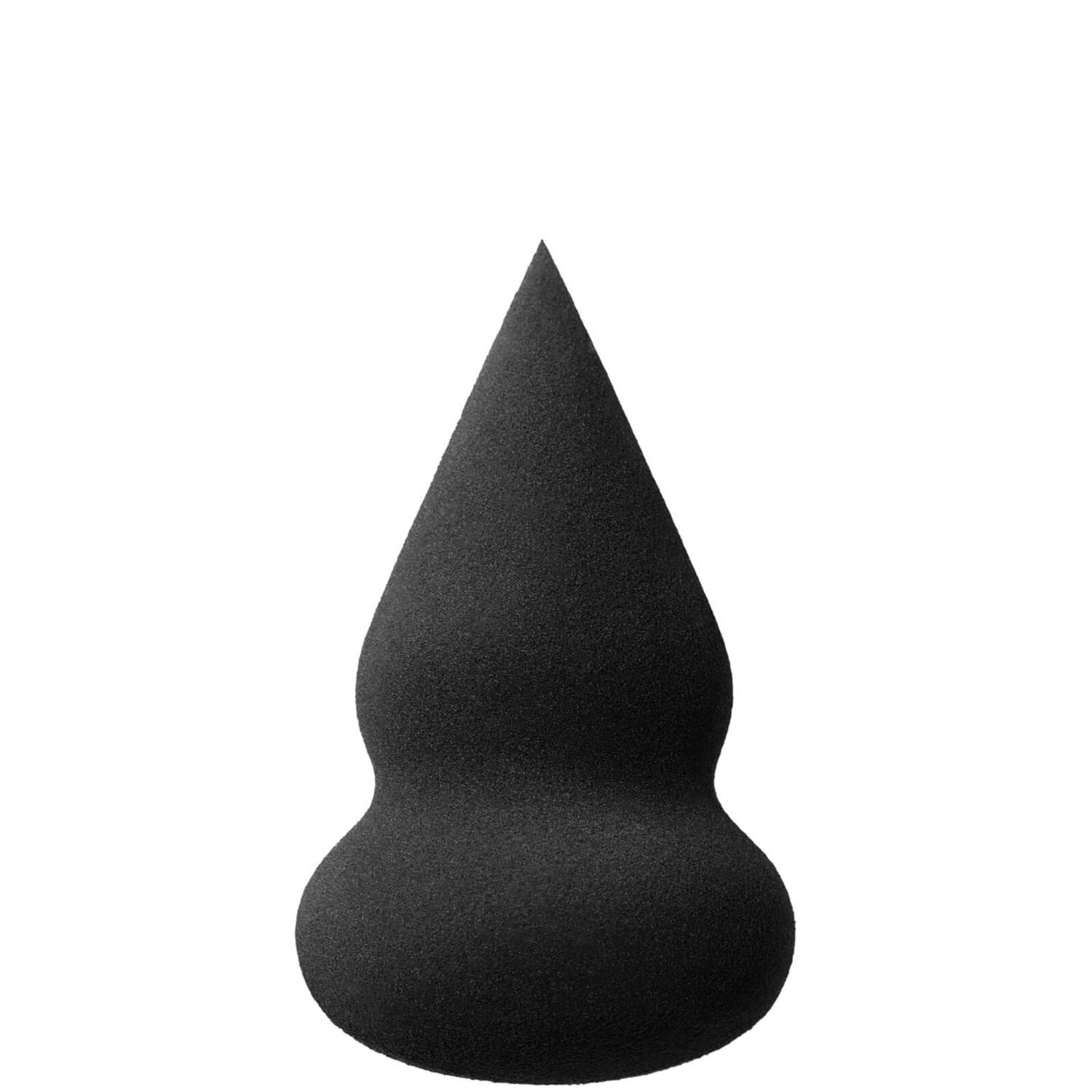How to apply foundation, according to a seasoned make-up artist
Learn how to be your own make-up artist with these easy and effective tips for the best finish, every time


Nailing a perfect base is about a lot more than having the best foundation. Yes, it’s glorious if you’ve always struggled to find the perfect one for your skin’s needs and you finally find, say, the best foundation for dry skin, or the best foundation for oily skin - but if you don’t apply it correctly, you’ll never get the best out of the one you’ve invested in.
In my work as a make-up artist and make-up consultant, I’ve sat with hundreds if not thousands of people who’ll tip out scores of products they’ve bought, and tell me that they still want to try other things when, most of the time, they just need to learn how to apply foundation.
These tips I’ve learned from other artists and from experience of over more than two decades of putting make-up on other people will help to make the process faster, easier, and more foolproof, I promise.

Madeleine’s make-up style is informed by classic techniques combined with a modern, fresh aesthetic. She is known for creating beautiful skin, and as a former acne-sufferer fully understands how a glowing base can really boost confidence.
Madeleine has worked with Nike, Space NK, The Outnet, and Elle UK among others, has had her work and make-up tips featured in publications like Vogue UK, The Telegraph, and Get The Gloss.
Your pre-foundation checklist
Before we even get to the application bit, run through this list:
Prep your skin
For the best finish, make sure your skin is hydrated and you have applied that all-important SPF underneath (my current favourite is the Ultra Violette Queen Screen Lightweight Skinscfreen SPF 50+). I generally advise people who apply their foundation in the morning to do skincare first, then make a cup of tea or eat breakfast, and then put make-up on so skincare has had a chance to absorb a little. Remember that SPF is the only product you need to use across your whole face, so if for example you find you get oily on just your t-zone but dry on your cheeks, apply the cosseting, buttery moisturiser just to cheeks.
Sort out lighting
If you’ve ever done your make-up in a dim hotel mirror and then stepped out to realised it’s a streaky mess, you’ll know how important lighting is. The absolute best situation is facing daylight, without overhead lights on to distort what you’re seeing in the mirror. I’ve stationed my dressing table right in front of the window, so I am bathed in daylight whenever I apply mine.
Check your foundation shade is right
Whether you’re aping your natural skin tone precisely, matching your face to your neck, or prefer to warm your skin up slightly with foundation, check the colour every now and then. If you change it throughout the year, try buying two foundations - one slightly lighter, one slightly darker. That way, you can mix them each time to find your perfect shade, and while it’s twice as expensive, they’ll last twice as long.
Celebrity news, beauty, fashion advice, and fascinating features, delivered straight to your inbox!
Make sure your tools are clean
Aside from not wanting to transfer bacteria to and from your face unnecessarily (hello, spots), if your tools are dirty, you’ll never get the best finish. Clean anything you’ve applied a liquid foundation with after each use (warm water + shampoo or Dr. Bronner’s does the job really well), and leave it to air dry. It takes all of ten seconds, and is a habit well worth forming for the good of your make-up finish and skin.
How to apply foundation for beginners
Here are a few rules to stick to if you’re new to applying foundation:
- Start with a little bit, then build it up. It’s much easier to add more make-up than it is to remove it.
- Don’t overwhelm areas of your face which move a lot like around your eyes or lips as it’s more likely to slip around and gather in any lines or textured areas of skin.
- For the most natural finish, apply less product around your jawline than in centre of your face, so start there and thin it out towards the edges.
- Think of foundation as a unifying base and if you have anything you want to cover like spots or redness, that’s a job for concealer.
Foundation application techniques
This is where your preference really comes into the mix; if you like using fingers, great. If a brush does it for you, use that. Here are some pointers on different application methods.
How to apply foundation with fingers
If you’re using your fingers, try to imagine your foundation is another layer of skincare, so massage it in, making sure you’re getting it into little crevices like the bit around your nose. This is my preferred method when doing my own foundation, and I find that with the warmth of my (clean) fingers, I can stretch my base across my whole face.
How to apply foundation with a brush
There are two kinds of popular foundation brush - one, a buffing brush, the other, a flat brush. The buffing brush allows for you to really work foundation onto skin for a really natural finish, and is great for achieving very light coverage, if that’s your thing (though of course you can build up layers). A flat brush strokes foundation on, so work in short, soft movements to avoid streaks. If you’re still on the hunt for the best make-up brush, we’ve tested them all for you before.
How to apply foundation with a sponge
You’ve got a choice here - use foundation with a wet sponge to slightly dilute the product, or on a dry sponge to really pack it on. Either way, the technique is the same - you want to bounce it onto skin, working your way across the face.
Madeleine Spencer is a journalist and broadcaster who has contributed to titles including Grazia, Glamour, InStyle, The Independent, The Evening Standard, and Stylist, as well as offering commentary for the BBC, Sky News, and ITV.
She is keen on exploring the significance beauty rituals, products, and memories have on people from different walks of life, and enters into conversation on the topic with guests on her podcast, Beauty Full Lives.


